As I stand patiently in line at the dusty immigration office awaiting my prized passport stamp, I am drawn to the thoughts and memories of my time in Ecuador. I first arrived in the country knowing absolutely nothing about it. Let’s be honest: when imagining Latin America, we see Christ the Redeemer in Rio, or the Mecca of Machu Picchu. For most backpackers, Ecuador is nothing more than a small country sitting north of Peru. And as selfish as it might be, part of me hopes that it never becomes a highlight, because right now it feels like I have it all to myself.
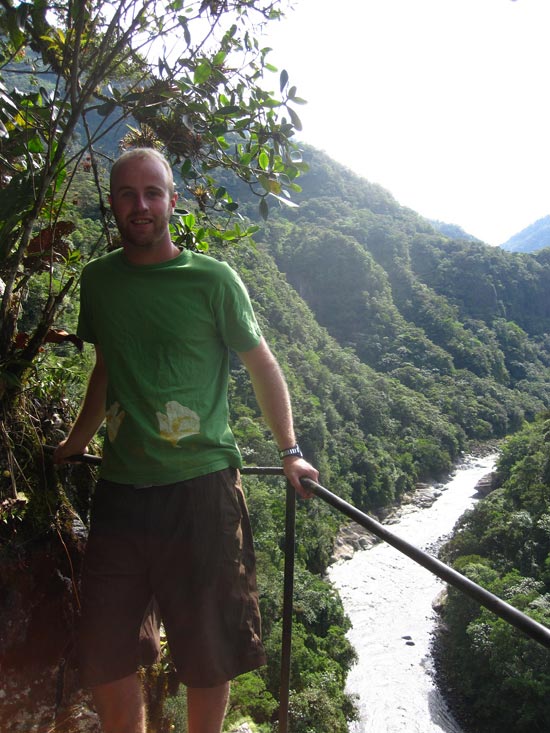
A welcoming place
I have traveled South America extensively, and Ecuador reminds me a lot of a couple of its Central American cousins: Costa Rica and Guatemala. Ecuador has all the tourism potential of Costa Rica, but it has somehow managed to fend off the mob of backpackers and resort-stayers that now dominate its Central American counterpart. Like Guatemala, Ecuador has a varied population of people who are eager to welcome you regardless of your particular origins. People here wave to passing cars, welcoming their passengers without a second thought.
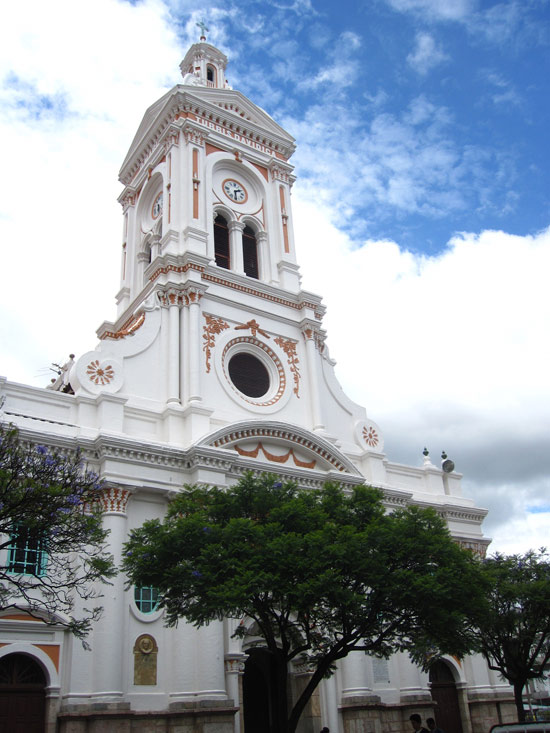
Insignificance and awe
Towns like Baños de Agua Santa offer everything a backpacker could ever need and more. It sits in an ideal climate where the temperature is never too hot and rarely cold. In this lush mountain town, I spend one day jumping off a bridge, attached only by a not-so-reassuring rope, and the next day rushing down swiftly moving rapids on a six-person raft. The prominent features of cloud and water are inescapable. Images of the cloud forest lend nostalgic notions of scenes from Hollywood movies, where tall volcanoes, over 5,000 meters tall, stand guard over countless towering waterfalls. The clouds hang carelessly low among the lush green mountainsides. They billow into puffy white and grey cotton balls, seemingly in constant motion, as if they have somewhere important to be. In a world where most cultures and societies worship the sun to some extent, in the cloud forest you learn to cherish the rain. In the cloud forest, the rain means life: it greens the foliage, fills the rivers and feeds the valley’s impressive myriad of tall, whispering waterfalls.
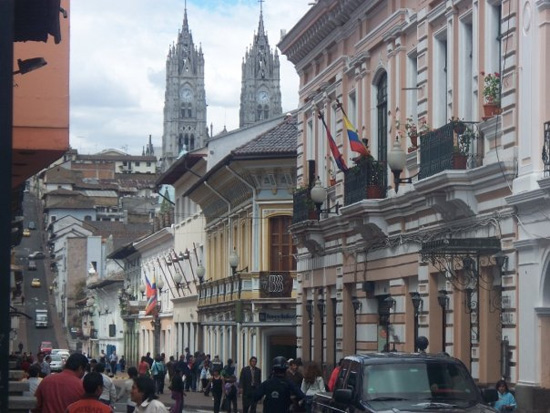
Ecuador’s share of the Amazon basin also leaves visitors standing with a sensation of overwhelming insignificance and awe. At the surface, the endless valleys of green shrubbery in la selva (the jungle) appear shallow and monotonous in color and form. But as you dig down beneath the numerous layers of the forest’s canopy you can only begin to understand the diversity and character of the Amazon basin. As I hike through a narrow canyon surrounded covered by the thick canopy, a troop of squirrel monkeys chants above me and bats shriek as they rush past my ears. The jungle is never quiet. The rain forest is constantly breathing; it is full of life and, in turn, provides more than we can imagine. To us, the jungle usually provides a setting for adventure, reserved for the likes of Indiana Jones and Lara Croft, but to the indigenous people, their trees, flowers and their food all come from this tropical provider. As is the case with the cloud forest, the jungle is one of those places so rich with beauty it can leave you at a standstill, and even cause you to forget to take a picture. Most people spend their time trying to add meaning and significance to their everyday life. But in travel, we spend our time trying to find the places that make us feel insignificant; Ecuador’s piece of the Amazon gives that to us.
The hustling, bustling stillness
In Ecuador, one should not forget to experience the cities as well. The urban enclaves of Cuenca and Quito combine the benefits of the modern world with the charm and character of the colonial era. Stuccoed houses with balconies and narrow, cobbled streets line the old, colonial parts of these cities. I wander through the cities’ massive, hallowed churches, government buildings and bustling plazas, which form the social centers of the cities and I realize that these parts act as the heart and the lungs of Ecuadorian society. In these plazas and squares, people seem to still have to time simply to sit, share, and converse as the world continues around them.
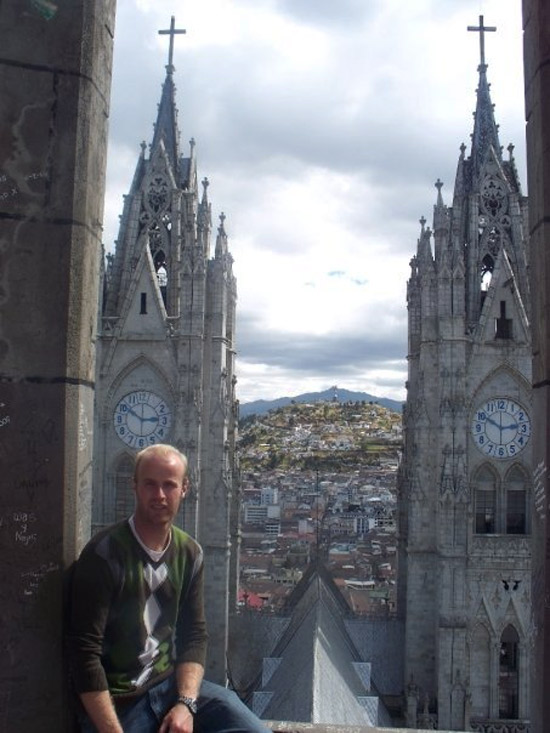
Interconnected
Like any adventure-oriented travel destination, Ecuador still provides volatility and intrigue. The indigenous people of la selva still often set up roadblocks intending to slow the damage to their home and their local natural environment, on which they so greatly rely. Less than 15 years ago, the country was still involved in both inter- and intra-state conflicts, many of which still seem to simmer in the undercurrents of Ecuadorian society. Natural disasters are still a part of everyday life. Mudslides, torrential downpours and earthquakes are all a possibility at any given moment. Moreover, many of Ecuador’s volcanoes are still very active. In fact, the large volcano which guards the entrance into Baños has been growing steadily in activity, and spews off large amounts of lava on a regular basis.
Ecuador remains just a small blip on the global tourism radar. However, its rawness is, in large part, what makes this country such a jewel. It is well worth the exploration, time and challenge. In Ecuador you can find yourself navigating your way down narrow, waterfall-lined canyons one day, rafting down segments of the Amazon basin the next, and then soaking in the urban colonial atmosphere the following night. Regardless of its lack of a Machu Picchu or Carnaval de Rio, Ecuador has a diversity and untouched beauty that may make it South America’s next hot travel destination — much to my dismay.
For more of Brendan’s adventures, go to: http://www.brendansadventures.com
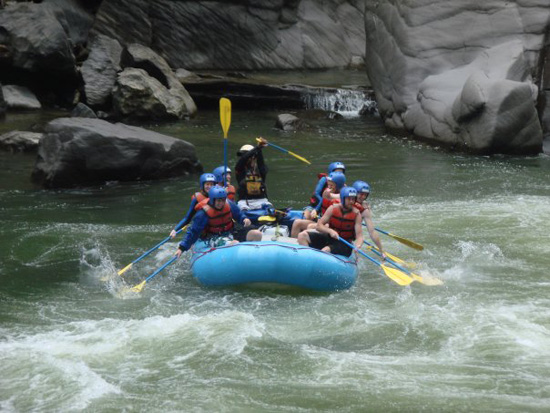
- Follow us on Twitter: @inthefray
- Comment on stories or like us on Facebook
- Subscribe to our free email newsletter
- Send us your writing, photography, or artwork
- Republish our Creative Commons-licensed content

